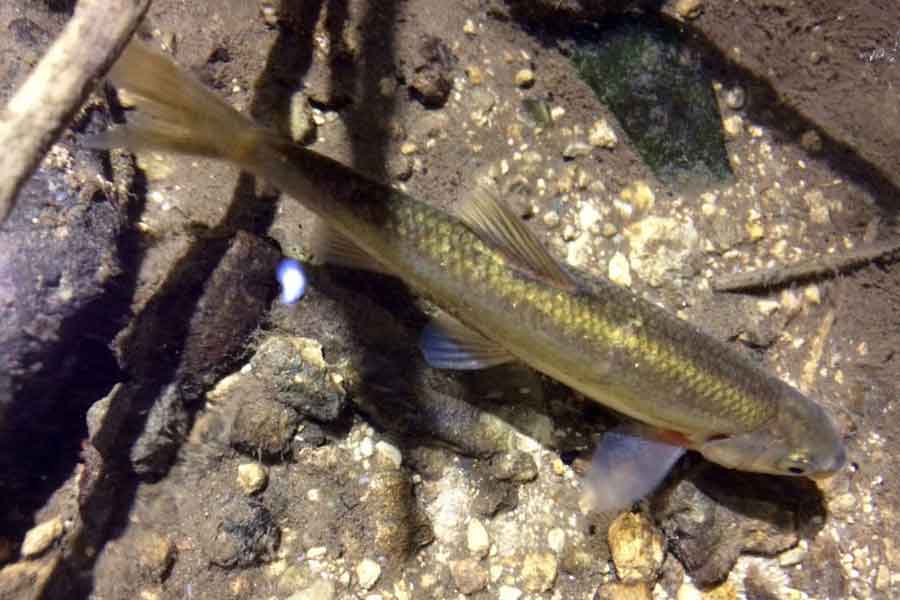
Undoubtedly, the most risky moment in the life of an aquatic animal is when it is just beginning to live, especially if it hatches from an egg.
There are thousands of predators ready to have a full meal of a complete clutch of eggs, which also requires very specific conditions to survive: constant water renewal, ample oxygenation, and the best possible hiding place.
Those who have brilliantly solved this problem are the sticklebacks. These small fish that inhabit lakes and slow-flowing rivers deposit their eggs inside freshwater mussels.
During the breeding season, the female stickleback develops an «ovipositor,» which is a kind of flexible tube about six centimeters long through which her eggs are deposited directly into the interior of the mussel.
The major challenge to overcome is that the mussel closes its valves at the slightest approach of a stranger. To ensure that the mollusk relaxes while she deposits her eggs, the female stickleback gently touches it repeatedly with her mouth until, eventually, the mussel becomes accustomed to her presence.
Only then does she insert the ovipositor into the mussel’s respiratory tube, sending the eggs directly into the gill chamber, where the small eggs will be bathed in a constant stream of oxygen-rich water flowing through their gills.
Now, all that remains is for the male stickleback, who remains nearby and attentive, to release sperm into the respiratory tube, fertilizing the eggs. One month later, the tiny stickleback fry hatch and exit through the same respiratory tube.
The mussel gains a significant benefit from acting as a mobile nursery, as it will release its own spawn at the same time as the sticklebacks, and its larvae will attach themselves to the bodies of the newly hatched sticklebacks. They will only leave their host when they are ready to develop further.
«You cannot defend what you do not love, and you cannot love what you do not know.»

